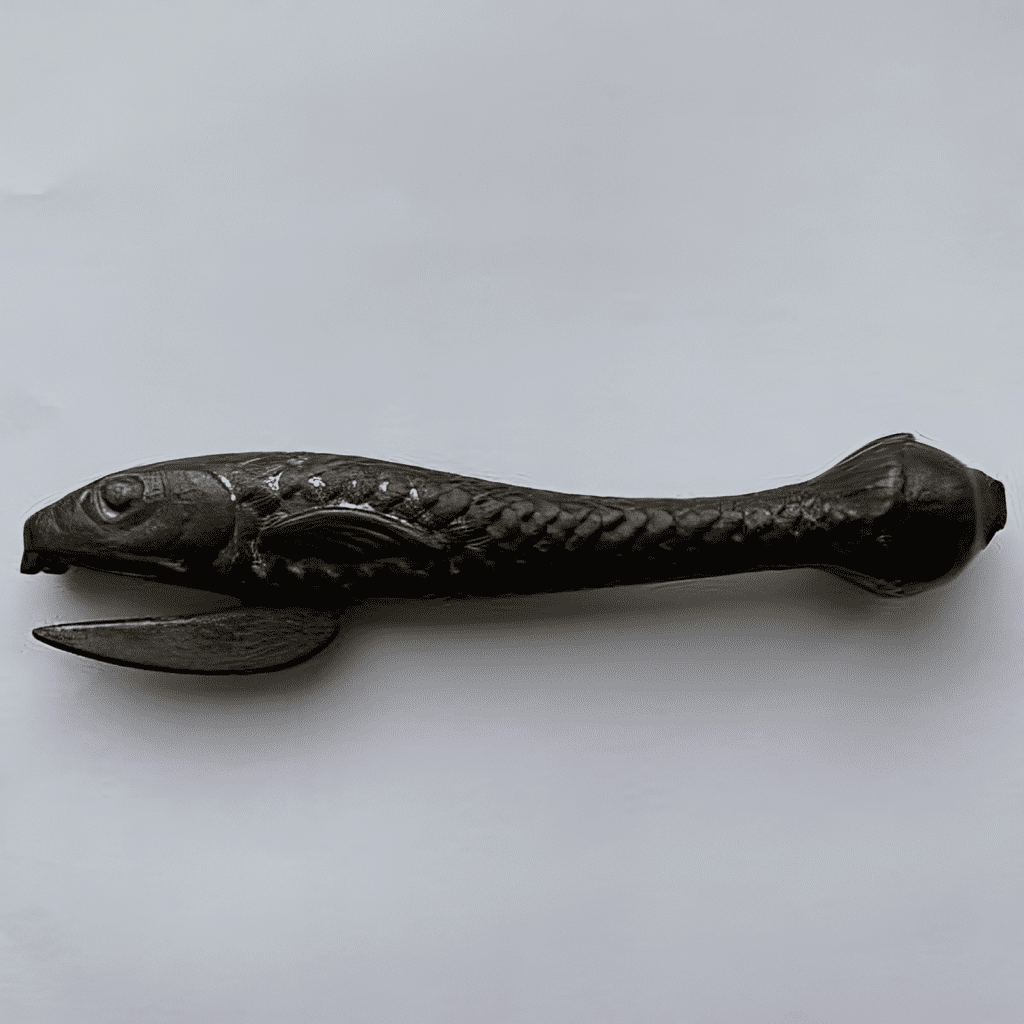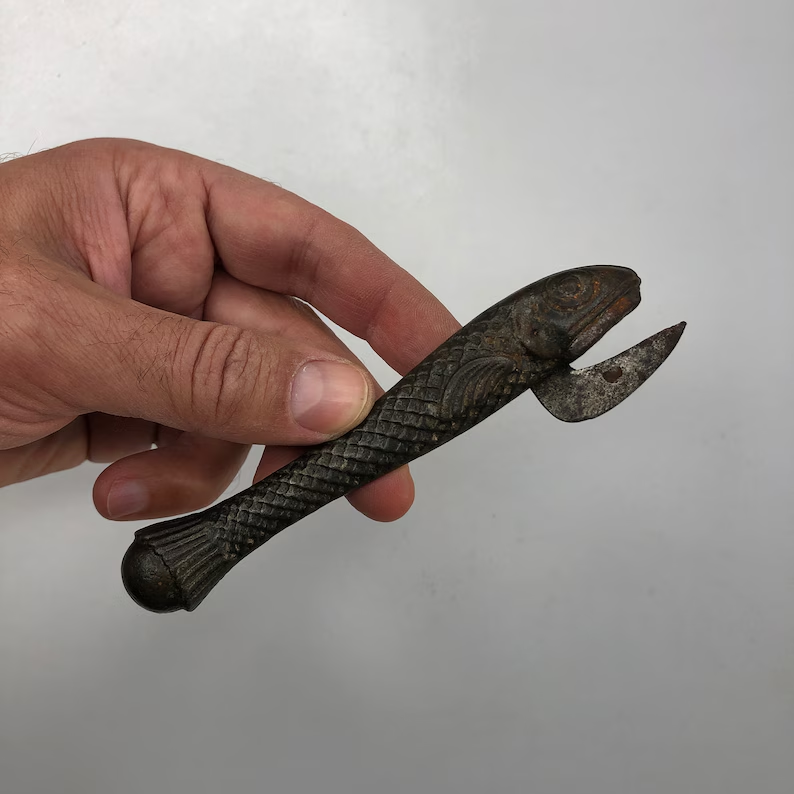The humble can opener—an everyday tool many of us take for granted—has an incredibly rich and diverse history. While today’s can openers are sleek and efficient, their early iterations were far from that. The evolution of this device, from rudimentary tools to modern electric models, highlights the ingenuity of inventors across the centuries. Let’s dive into the fascinating history of the can opener and explore how it became the essential kitchen tool we know today.
The Birth of Canned Food and the Need for an Opener

In 1810, English businessman Peter Durand patented the use of tinned metal boxes for food storage. His invention revolutionized food preservation, allowing for long-term storage of perishable goods. However, there was one glaring oversight—he didn’t devise a practical way to open these cans. At the time, people were instructed to use a hammer and chisel, a method that was neither convenient nor safe. This was the first step towards the eventual invention of the can opener.
The First Can Opener Patent
It wasn’t until July 13, 1855, that the world saw the first patented can opener, thanks to Robert Yates, a cutlery and surgical instrument manufacturer from England. His design, which featured a straight handle and a short, curved blade, was robust and effective. Though primitive by today’s standards, it was a significant improvement over the hammer-and-chisel method. Yates’ opener resembled more of a lever than the modern can openers we’re familiar with. Even today, variations of his original design can still be found in use.
The American Twist: Ezra Warner’s 1858 Design
Just three years later, Ezra J. Warner from Waterbury, Connecticut, patented the first American can opener in 1858. Warner’s design had a curved handle, a long bayonet blade, and an interchangeable sliding shoe. While innovative, it was deemed too dangerous for domestic use. Instead, Warner’s can opener found its primary application with the Northern Army during the American Civil War. After the war, its use declined, and production was eventually abandoned due to safety concerns.
Innovations in the Late 19th Century
The late 19th century saw several key advancements in can opener technology. One of the most notable was the 1866 patent by J. Osterhoudt. His design introduced the concept of a key that could be used to peel back a strip of metal from the can, a system still seen today in some canned fish products.
In 1870, William W. Lyman patented the first rotary can opener. This device required users to pierce the lid with a tool tip, then rotate a blade around the edge of the can. It was a significant step toward the modern design but still lacked the convenience and safety we expect today.
The Iconic “Bull Head” Opener
In 1865, England produced the famous “bull head” can opener, which featured a cast iron body with a steel blade. Its distinctive design—complete with a bovine head—was popularized by “Bully” canned meats. The tool became a household staple until 1930, and its design inspired the later “fish head” version.
The 20th Century: Modern Designs and Electric Openers
The early 20th century marked the emergence of more refined and practical can openers. The introduction of double-handled models with cutting wheels made can opening easier and safer. George W. Bungay’s 1932 aluminum model, which featured a small rubber suction cup to prevent the lid from falling into the can, became widely popular.

In 1942, the U.S. military developed the P-38 can opener, a small, foldable device that became a favorite among soldiers. It was simple, durable, and even doubled as a screwdriver. The P-38 was so effective that it remained in use for decades, with a larger version, the P-51, also becoming available.
The first electric can opener was patented in 1931 by Preston C. West. However, it didn’t gain widespread popularity until 1956 when California companies reintroduced electric models. These new electric can openers revolutionized large-scale food preparation, particularly in commercial kitchens, where opening dozens of cans at once was a daily task.
The Evolution of Modern Can Openers
By the mid-20th century, can openers had evolved into the design we recognize today. The manual versions often featured a comfortable grip and a rotating cutting wheel, making it easier to open cans of all sizes. These devices became a common kitchen accessory, and variations like the butterfly and crank models emerged to cater to different preferences.

One of the most significant changes in can openers came with the introduction of the aluminum “tear” opening, first seen in 1967. This innovation eliminated the need for a separate can opener entirely, as consumers could simply pull the tab to open the can. While traditional can openers remain in use, the “tear” system has become the standard for many modern food products.
Conclusion: A Tool That Stood the Test of Time
The history of the can opener is a testament to human ingenuity and the drive to solve everyday problems. From its humble beginnings with a hammer and chisel to the modern electric and manual versions we use today, the can opener has undergone significant transformations. Each iteration brought about improvements in safety, convenience, and efficiency. Today, while many cans come with easy-open tabs, the can opener remains an indispensable tool in kitchens worldwide.
Its journey from a simple lever tool to a sophisticated, electric gadget illustrates how even the simplest tools can have a profound impact on daily life. Next time you open a can, take a moment to appreciate the long history and innovation behind this small yet mighty device.